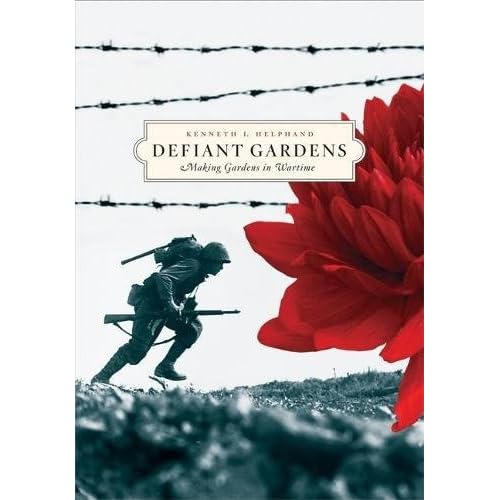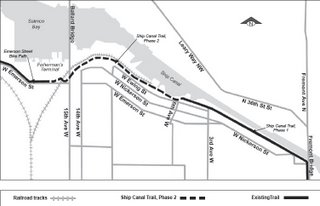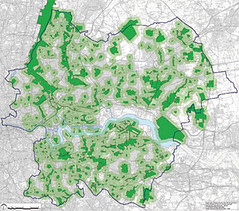Even the Washington Post Loves High Point
But all 34 blocks of the project (eventually 1,600 units) have also been turned into a natural drainage system, the largest in the U.S. The object: to protect Longfellow Creek, Seattle's most productive salmon-spawning stream. In the old neighborhood, gutters and big drainage pipes carried storm water — including spilled oil, pesticides and other pollutants — from the streets directly into the creek.
In the carefully engineered new High Point, streets tilt slightly toward one side, where shallow swales, planted with a variety of native and drought-tolerant shrubs and trees and grasses, mimic traditional sidewalk planting strips. Layered by crews with about three feet of compost, much like the floor of a forest, the swales function as a natural filter for toxins.
High praise for High Point, and for Mithun and the unpraised SvR. This is exactly the kind of thinking, green infrastructure and commitment that Seattle needs to carry it into the future.









